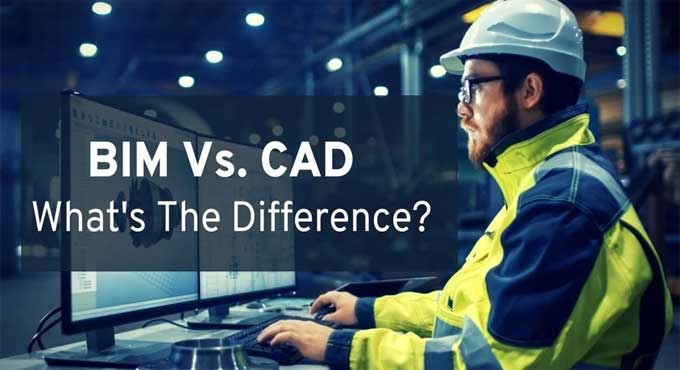CAD & BIM File Movement & Lead Generation Value in 2023
Tweet
Building Information Modelling (BIM) enables all disciplines to collaborate to design and implement a comprehensive virtual model of the building well before any ground is broken. Design and construction using BIM are novel approaches.
Using a central 3D model simplifies and expedites the process, as errors are identified earlier, reducing costs and ensuring efficiency. In spite of these failures, architectural, engineering, and construction companies implemented building information modelling to retool their business practices.
History of BIM
Many architectural and engineering design firms, as well as contractors, are now concentrating on BIM software tools and the general method of restructuring the design to construction workflow.
As owners expect an as built BIM model when the building is finished, the AEC sector is quickly retooling in BIM, much as the industry wide transformation from 2D CAD to 3D solid models in the 1990.
Design engineers and contractors anticipate that manufacturers will give richer details about their goods in a variety of BIM formats as a result of the greater use of BIM. BPMs of architectural, mechanical, electrical, and plumbing products are making the process of getting BIM ready their top priority.
Lead Generation Value of BIM & CAD File
Marketing opportunities can situate in least expected places as you can take BIM & CAD files. They are also extremely valuable as well as essential for design & information conveyance to prospective customers. Many industrial firms provide drawings or specs for their goods, but few are aware that these files might be used to generate leads.
Key Industry Movement for CAD & BIM
Aerospace and Automotive Industry
Similar to how the aerospace and automotive industries changed in the 1980s, the AEC industry is adopting integrated 3D design and analysis tools for BIM. Errors could be found digitally long before actual manufacturing, and products could be designed and made more quickly. The supply chain's parts manufacturers were under strain during this significant transformation.
Suppliers had to change their business procedures to be relevant to the aerospace and automotive industries. Significant data and process issues were brought about for suppliers by the widespread adoption of 3D CAD, ERP systems, electronic ordering, and just in time deliveries, among other technologies. Parts makers can adopt similar tools and procedures, supply new data formats, and deliver new data structures to fit with the new ways of the purchasers to sustain revenues.
Commercial Building Industry
After 30 years, the commercial building industry has undergone a similar shift. These developments are driven by the need to optimize building design and to better understand and model the structure's ongoing operation once the owner moves in.
Owners are seeking results in the finished building in a number of areas, including energy usage, sustainability, and improved facility management. These expectations from owners, who ultimately provide funding for projects, are what have altered the trajectory of BIM from being only a set of productivity tools to a strategic necessity for the sector.
BIM to BPM Switch
The long awaited switch to BIM has taken place, indicating the necessity for BPMs to adjust. Similar to the suppliers in the aerospace and automotive industries stated earlier, BPMs must make investments and retool in order to give clients product information that is BIM ready in a variety of forms from design through construction.
A long, steady, unchanging transformation that was inevitable for a highly conventional industry immersed in risk management. However, the genie is no longer contained, especially for owners. It is no longer a matter of whether to engage in the AEC supply chain, and specifically with regard to BPMs, but rather of how, when, and with what investment strategy.
Wrapping it Up
Building information modelling provides manufacturers, in particular building product manufacturers with even more sophisticated modelling options than CAD files.
To get online demonstration, watch the following video tutorial.
Video Source: Autodesk Building Solutions
Understanding the difference between two is essential for ensuring smooth, timely processes, as CAD to BIM conversion is not practical due to their unique properties.

Gallery
Feel free to contact us for BIM requirements. One of our representative will respond you within 24 Hours. Send us your projects requirement today and grow your project.
Explore More !







